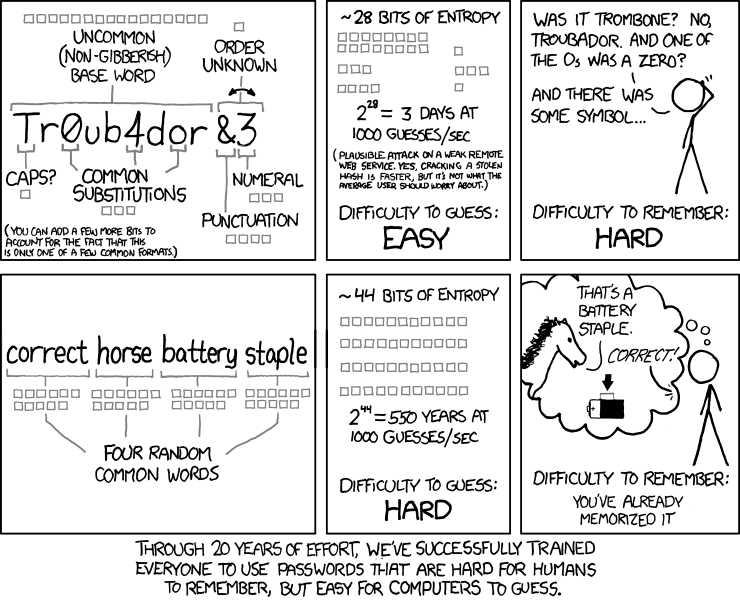So this term, I decided to take the 1-credit Introductory PHP course, LIBR 599P.
Topics Covered
- What is PHP?
- PHP language basics – print, comments
- Variables (pre-defined, defining, manipulating) and arrays – create, print
- Passing Data – POST & GET
- If/else and For Loop
- Functions – basic building, using
- PHP & HTML
Short Reflection
It’s so hard to digest such complex information in two full day classes though the first day especially was done well. I really do think it’d be nice to have instead a more advanced HTML/CSS plus introduction to JavaScript, PHP/MySQL or something similar. Full day classes just don’t work with programming of any sort. It takes a lot of time to digest especially when the topic is new and you may have not so tech-savvy students taking the class. I’m really thankful that I have enough of a background to easily grasp what she taught plus everything that Mike also taught in addition when I posed questions on the methodology used in completing my assignments.
Assignments
I admit right up front that I could have put more effort into the content and making it look pretty, but I had so many other assignments due around the same time that I focused more on writing good code while following assignment and instructor specifications.
- Assignment 1: Show your knowledge of working with variables.
- Assignment 2: Create a feedback form, e-mailing the results to a specific recipient. (Note: This form will always fail because SLAIS servers do not have the mail function enabled.)
- Assignment 3: Create a mini-quiz and feedback form for a first year library workshop, e-mailing the results to the student and librarian.
- One specific improvement I made in this one is a full error listing instead of listing only the first error encountered as we were taught in class. Also, in the real world, I would naturally never make people use the back button at all!
Please note that the e-mail function is blocked on the SLAIS servers, but I did test it on an e-mail enabled PHP server and both work.
